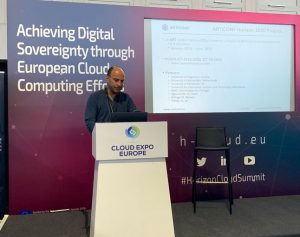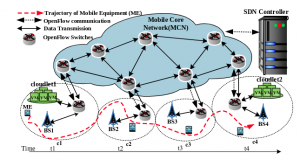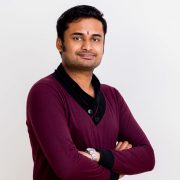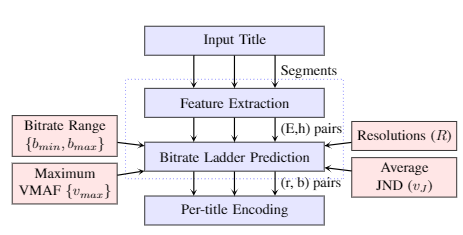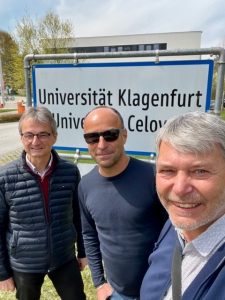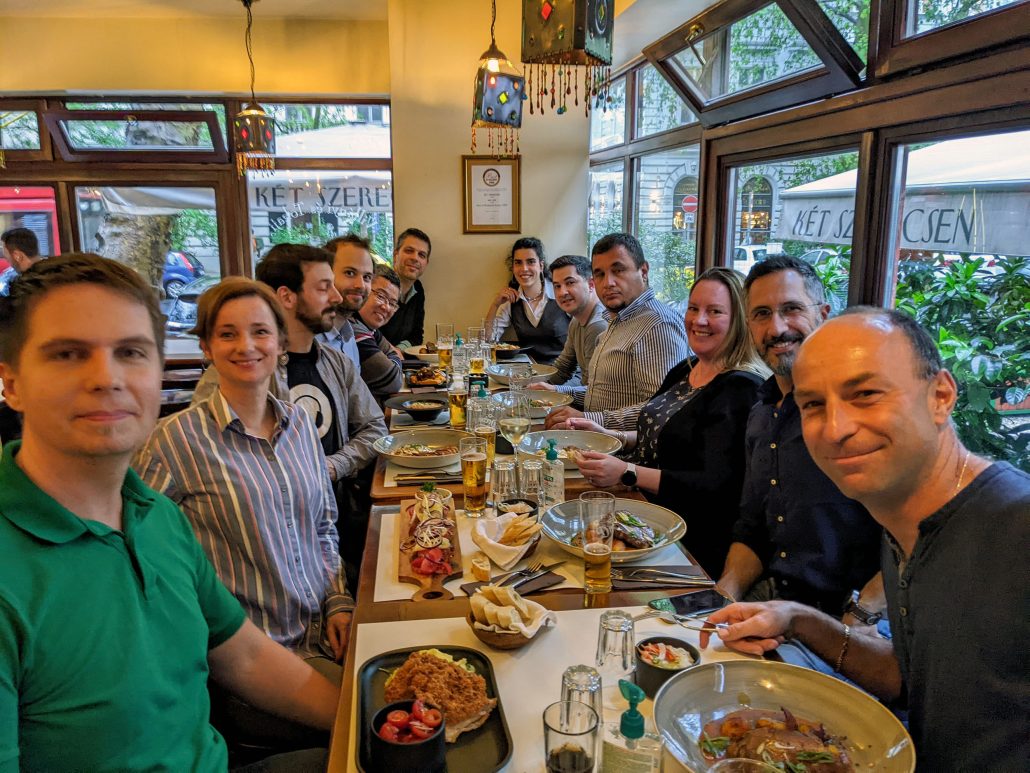2022 IEEE International Conference on Multimedia and Expo (ICME) Industry & Application Track
July 18-22, 2022 | Taipei, Taiwan
Vignesh V Menon (Alpen-Adria-Universität Klagenfurt), Hadi Amirpour (Alpen-Adria-Universität Klagenfurt), Christian Feldmann (Bitmovin, Austria), Mohammad Ghanbari (School of Computer Science and Electronic Engineering, University of Essex, Colchester, UK), and Christian Timmerer (Alpen-Adria-Universität Klagenfurt)
Abstract:
In live streaming applications, typically a fixed set of bitrate-resolution pairs (known as a bitrate ladder) is used during the entire streaming session in order to avoid the additional latency to find scene transitions and optimized bitrate-resolution pairs for every video content. However, an optimized bitrate ladder per scene may result in (i) decreased
storage or delivery costs or/and (ii) increased Quality of Experience (QoE). This paper introduces an Online Per-Scene Encoding (OPSE) scheme for adaptive HTTP live streaming applications. In this scheme, scene transitions and optimized bitrate-resolution pairs for every scene are predicted using Discrete Cosine Transform (DCT)-energy-based low-complexity spatial and temporal features. Experimental results show that, on average, OPSE yields bitrate savings of upto 48.88% in certain scenes to maintain the same VMAF,
compared to the reference HTTP Live Streaming (HLS) bitrate ladder without any noticeable additional latency in streaming.
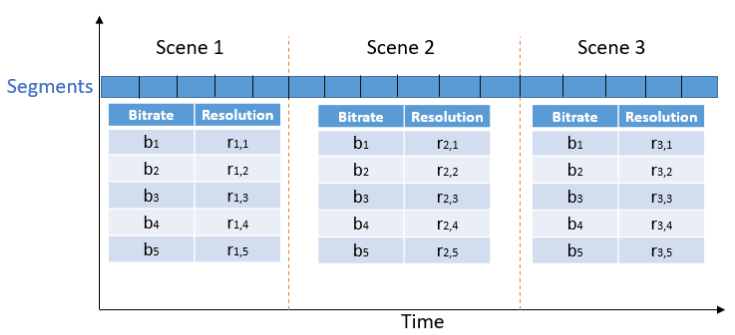
The bitrate ladder prediction envisioned using OPSE.
